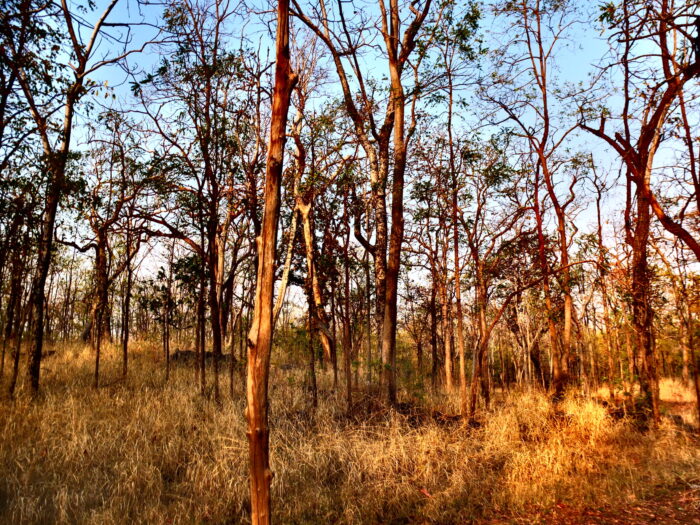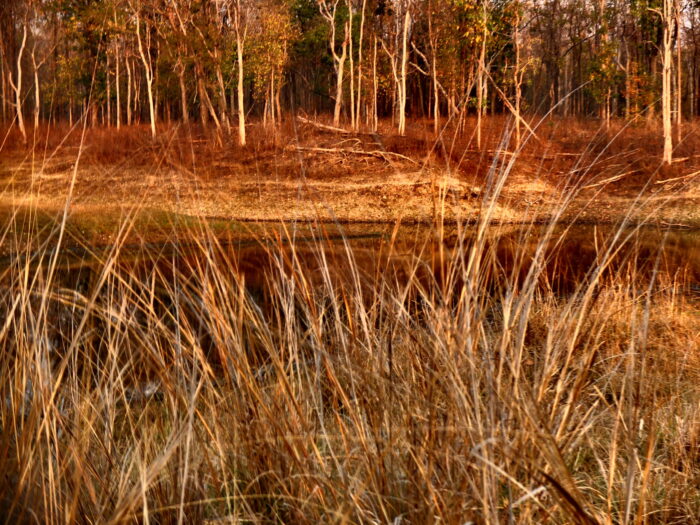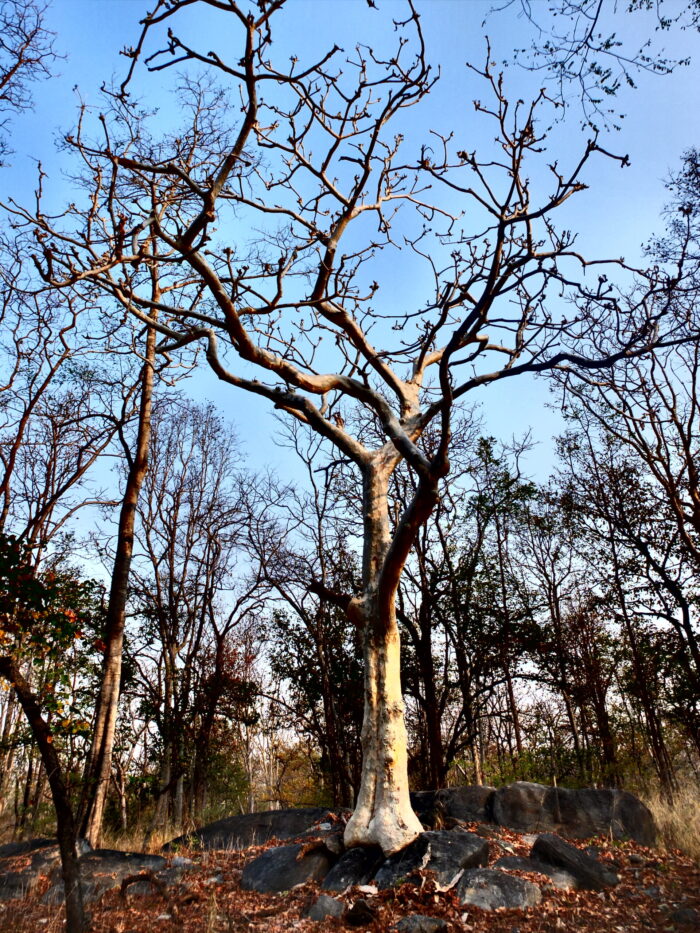
Following the trend of the past meetings, the Standing Committee of the National Board for Wildlife headed by Environment and Heavy Industry Minister Prakash Javadekar in its meeting held on 13th of July, 2020 did not reject even a single proposal involving diversion of National Parks and Sanctuaries for various projects. Despite a statutory prohibition under the Wildlife (Protection) Act, 1972 that only those projects which are for the benefit of wildlife can be allowed in a Protected Area, the Standing Committee comprising of officials of Environment Ministry, Wildlife Institute of India and non-officials such as Prof Raman Sukumar of the Indian Institute of Science approved a range of projects inside India’s protected area. No wildlife impact assessment studies were carried out or directed to be carried out despite the wildlife board having such powers.
An analysis done by Legal Initiative for Forest and Environment (LIFE) revealed that the Standing Committee considered a total of 30 proposals out of which, seven proposals entail diversion solely within protected areas (PAs), 20 proposals will involve diversion outside PAs, two proposals involve diversion both within and outside PAs and one proposal involves boundary alteration of a protected area.
Diversion within Protected Areas
The Standing Committee approved seven out of nine proposals which involve diversion within National Parks and wildlife sanctuaries. The rest two were deferred for later consideration. These seven proposals are spread over 137.16 hectares in seven PAs. Out of this 137.16 hectares, transmission lines took the maximum share at 76%. This was followed by defense facilities which account for diversion of 25.8 hectares (19%) and lastly roads and irrigation which accounted for 3% and 2% respectively
Figure1: Diversion (in hectares) approved within PAs: By Project Category

In addition to the summarized view above the presented above, it is important to note the approval granted to a few projects. For example, the standing committee approved diversion of 104.77 hectares of forest land within Dampa Tiger Reserve for construction of the 132 KV West Phaileng-Marpara Transmission Line under North Eastern Region Power System Improvement Project. Dampa Tiger Reserve lies is in the Mamit district of Mizoram and consists of Dampa Wildlife Sanctuary as its core/critical tiger habitat. As per the minutes of the Standing Committee, the area proposed for diversion falls within the buffer of the tiger reserve. However, as per official wildlife clearance documents, the area falls under the wildlife sanctuary area, which would imply that diversion is within the core/critical tiger habitat of the reserve.
Diversion within Tiger Habitats
The Standing Committee approved eight proposal spread over 199.47 hectares (492.90 acres) within tiger habitats. The term ‘tiger habitats’ consists of both notified tiger reserves as well as well as tiger corridors connecting two or more tiger reserves or PAs.
Diversion (in hectares) approved within Tiger Habitats: By Project Category

The highest diversion took place within Dampa Tiger Reserve for the construction of 132 KV West Phaileng-Marpara Transmission Line. This was followed by diversion of 63.13 hectares of forest land from the buffer of Pakke Tiger Reserve in Arunachal Pradesh. The Standing committee approved the diversion of a total of 25.8 hectares within Dudhwa Tiger Reserve and Pilbhit Tiger Reserve in Uttar Pradesh for construction of border outposts for Sahastra Seema Bal.
Approval was given for diversion of 5.74 hectares of forest land from the tiger corridor linking Kawal Tiger Reserve with Tadoba Andheri Tiger Reserve in Maharashtra and Indravati Tiger Reserve in Chhattisgarh. The diversion was sought for four laning of NH-363 from Mancherial to Chandrapur.

The Standing Committee also approved the proposal for construction of bridges each over Kaseruwa Nala and over Dhela river falling in the buffer area of Corbett Tiger Reserve. It is a case of concern that the extent of land area to be diverted is not mentioned in the minutes of the meeting.
Violation of Wildlife Act
A perusal of the provisions of the Wildlife (Protection) Act, 1972 (specifically, Section 29 and 35(6)) suggests that law prohibits damage, destruction or diversion of wildlife sanctuaries and national parks unless it is for the improvement and better management of wildlife. However, projects such as expansion of highways, railways, irrigation projects, etc. cannot be considered to be necessary for improvement and better management of wildlife and hence the approval for the same granted by the standing committee cannot be considered in being in conformity with the Wildlife (Protection) Act, 1972.

The Bombay High Court in a Writ Petition filed by Goa Foundation has recently sought the response of the Environment Ministry as well as the National Board for Wildlife as to how projects which are not for the benefit of wildlife has been approved in National Parks and Sanctuaries in Goa by the Standing Committee. The High Court also sought response as to whether the standing committee has been constituted in accordance with law.
[the_ad id=’22723′]












